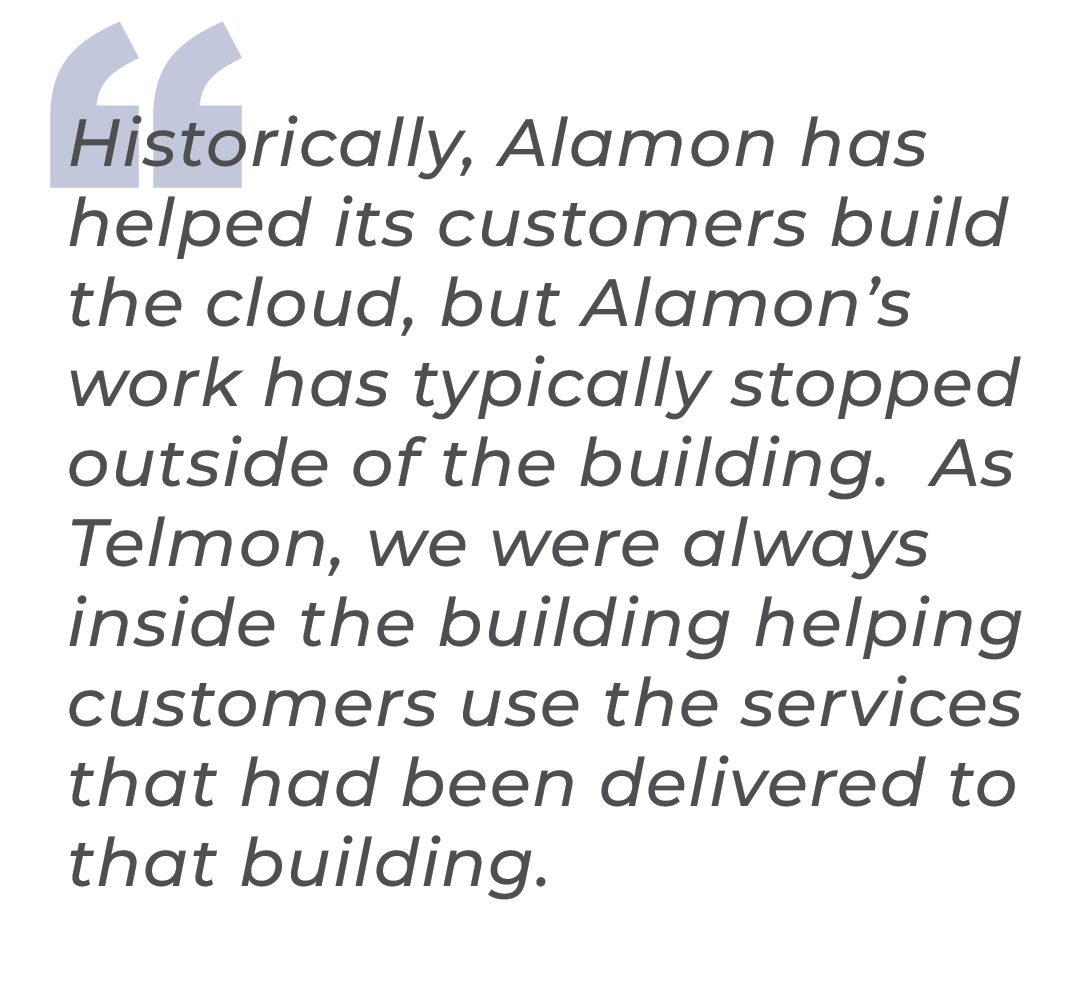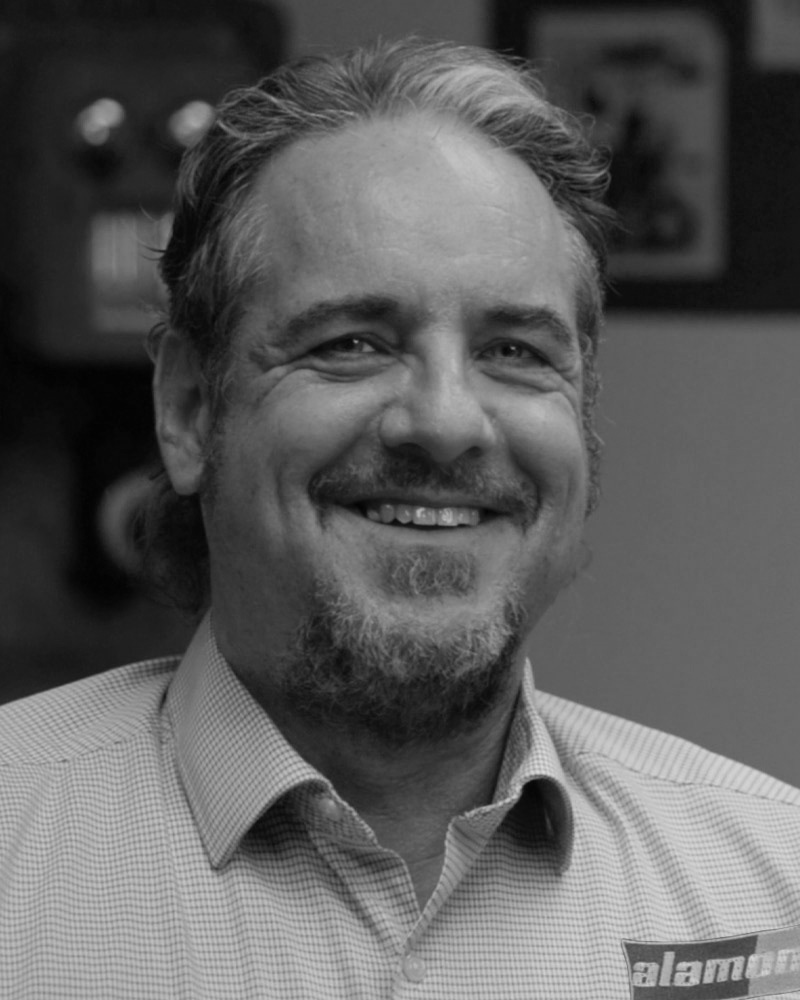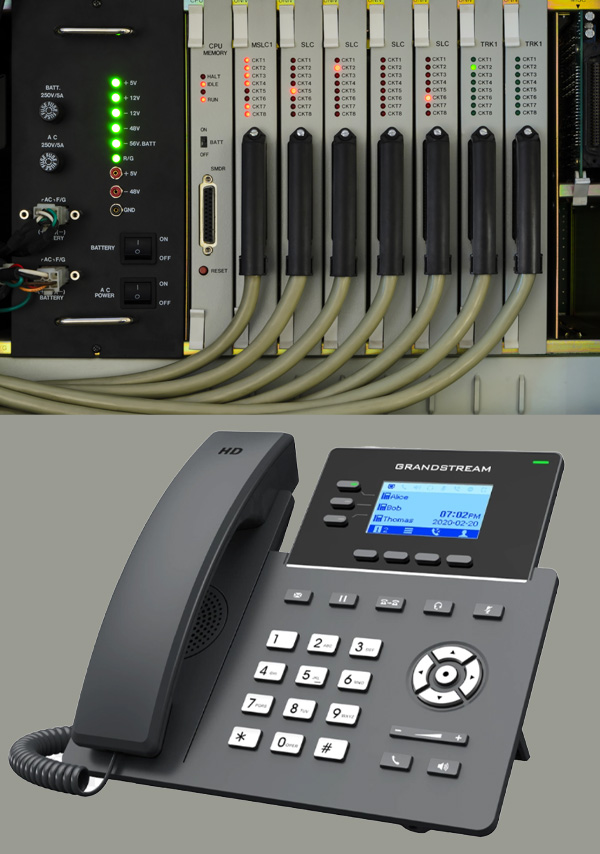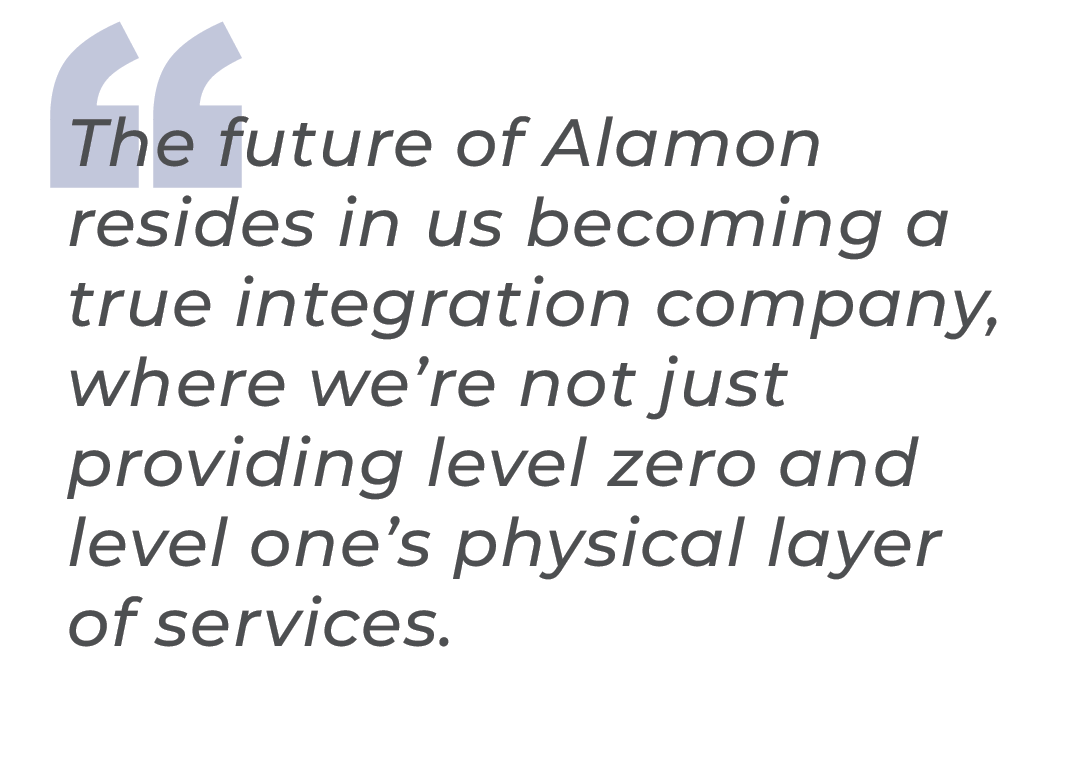We started going after Veterans Administration EHRM (Electronic Health Records Management) projects, which is a multi-billion dollar endeavor by the government. They are in the process of updating the EHRM system, but when they update it, they also have to update the physical infrastructure to support their efforts. And that’s where the opportunity is for ETS. We’ve been working on trying to land some of these projects, and they have a fairly long lead time. You know, it’s a lot of “dangle the carrot” stuff where GCs get these bid opportunities from the government and they’re trying to put together pricing – most of which is predicated on, “hey, who can do it cheapest?”
It’s a fairly cumbersome process where we submit a bid with pricing and details, and the GC goes back to the government with it. Then the government looks it over and says, “based on all that, we need to make refinements.”
 So, with all of that, it turns into about a two-year process just for us to land this thing. And it took a lot of time and effort on Charlie Greathouse’s part to get this to the point where we were awarded the work. And throughout that process, there were other GCs competing for the work. Ultimately, Talion Construction won the project and chose ETS.
So, with all of that, it turns into about a two-year process just for us to land this thing. And it took a lot of time and effort on Charlie Greathouse’s part to get this to the point where we were awarded the work. And throughout that process, there were other GCs competing for the work. Ultimately, Talion Construction won the project and chose ETS.
And now, we’re at the point where we’re getting ready to launch the actual project.
This project is an example of how ETS brings a complementary piece to Alamon’s suite of services. Historically, Alamon has helped its customers build the cloud, but Alamon’s work has typically stopped outside of the building. As Telmon, we were always inside the building helping customers use the services that had been delivered to that building.
So this has been a great marriage from the standpoint of, “hey, we really fit together well because we’re very complimentary in terms of the services we offer.”



 Here’s the really interesting piece to remember. When we went into the pandemic, nobody knew what was going to happen. There was a tremendous amount of uncertainty. We shut down the economy.
Here’s the really interesting piece to remember. When we went into the pandemic, nobody knew what was going to happen. There was a tremendous amount of uncertainty. We shut down the economy. And that is driving opportunities for ETS. We’re figuring out how to operate in a completely different environment than we had, say, five years ago.
And that is driving opportunities for ETS. We’re figuring out how to operate in a completely different environment than we had, say, five years ago. When ETS came into existence, back when we were Telmon, we were installing legacy PBX tails, 1A2 Key systems, a type of phone system that was out there. They used these huge 25 pair cables and you had to have a butterfly tool to put an Amphenol connector on and plug into these PBXs. It was all this really big, cumbersome, labor-intensive stuff. But that’s where the technology was back then.
When ETS came into existence, back when we were Telmon, we were installing legacy PBX tails, 1A2 Key systems, a type of phone system that was out there. They used these huge 25 pair cables and you had to have a butterfly tool to put an Amphenol connector on and plug into these PBXs. It was all this really big, cumbersome, labor-intensive stuff. But that’s where the technology was back then. We’re climbing the OSI (Open Systems Interconnection) model. Maybe a little slower than I’d like. The future of Alamon, I think, resides in us becoming a true integration company, where we’re not just providing level zero and level one’s physical layer of services. Instead, we want to get to the point where we’re doing the architectural level stuff, where we’re helping people figure out what data they want to use, how they want to get it sent to them, what applications they’re using to process it, and ultimately figuring out what the outcome of that data is.
We’re climbing the OSI (Open Systems Interconnection) model. Maybe a little slower than I’d like. The future of Alamon, I think, resides in us becoming a true integration company, where we’re not just providing level zero and level one’s physical layer of services. Instead, we want to get to the point where we’re doing the architectural level stuff, where we’re helping people figure out what data they want to use, how they want to get it sent to them, what applications they’re using to process it, and ultimately figuring out what the outcome of that data is.
 So, with all of that, it turns into about a two-year process just for us to land this thing. And it took a lot of time and effort on Charlie Greathouse’s part to get this to the point where we were awarded the work. And throughout that process, there were other GCs competing for the work. Ultimately, Talion Construction won the project and chose ETS.
So, with all of that, it turns into about a two-year process just for us to land this thing. And it took a lot of time and effort on Charlie Greathouse’s part to get this to the point where we were awarded the work. And throughout that process, there were other GCs competing for the work. Ultimately, Talion Construction won the project and chose ETS.